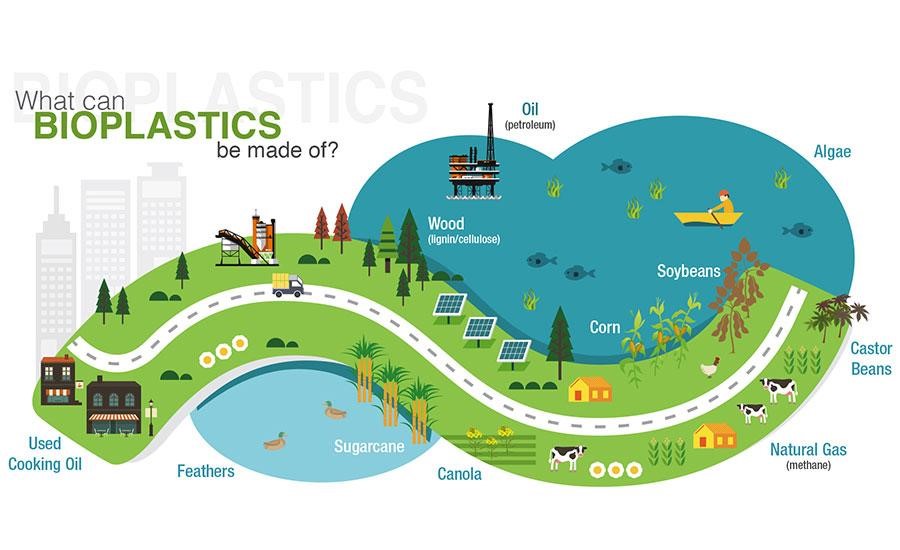Discover how cutting-edge technology is being used to combat climate change and protect the environment in innovative new ways.

Image courtesy of Liza Summer via Pexels
Table of Contents
Technology has been at the forefront of driving innovative solutions to address environmental challenges. From renewable energy sources to waste management systems, here are some positive examples of how technology is making a difference in protecting our planet.
Renewable Energy Advancements
One of the most significant contributions of technology to environmental conservation is the development of renewable energy sources. Solar panels, wind turbines, and hydroelectric power plants are just a few examples of clean energy alternatives that are reducing our reliance on fossil fuels and decreasing greenhouse gas emissions.
Advancements in battery storage technology have also made it easier to store and distribute renewable energy, ensuring a more stable and reliable power supply from sources like solar and wind. These innovations are crucial in transitioning towards a sustainable energy future.
Smart Grids and Energy Efficiency
Smart grid technology is revolutionizing the way we manage and consume energy. By utilizing sensors, meters, and automation systems, smart grids can optimize energy distribution, reduce wastage, and enable real-time monitoring of energy consumption patterns.
This increased efficiency not only lowers energy bills for consumers but also reduces the overall environmental impact of energy production and consumption. Smart grid technology plays a key role in creating a more sustainable and resilient energy infrastructure.
Waste Management Solutions
Technology is also transforming the way we handle waste and recycling. Innovations such as waste-to-energy plants, composting machines, and robotic sorting systems are helping to minimize waste sent to landfills and promote recycling practices.

Image courtesy of via Google Images
Additionally, advancements in biodegradable materials and packaging solutions are reducing the environmental impact of product packaging and single-use plastics. Technology is enabling a shift towards a more circular economy where resources are reused and recycled efficiently.
Environmental Monitoring and Conservation
With the help of technology, scientists and conservationists can monitor and protect natural ecosystems more effectively. Remote sensing technologies, drones, and satellite imaging allow for detailed mapping of environmental changes, deforestation, and wildlife habitats.
Real-time data collected through these technologies enables proactive conservation measures and helps prevent environmental degradation. Technology is empowering conservation efforts and enabling more informed decision-making to safeguard our planet’s biodiversity.
Conclusion
As we face escalating environmental challenges, the role of technology in addressing these issues cannot be understated. From renewable energy advancements to waste management solutions, smart grids, and environmental monitoring tools, technology is playing a vital role in saving the environment.
By harnessing the power of innovation and collaboration, we can continue to develop and implement sustainable technologies that benefit both the planet and its inhabitants. Green innovations are not only shaping a more sustainable future but also inspiring positive change towards a greener and healthier world for generations to come.
Generated by Texta.ai Blog Automation
